Rethinking AI usage in the workplace: From hype to execution
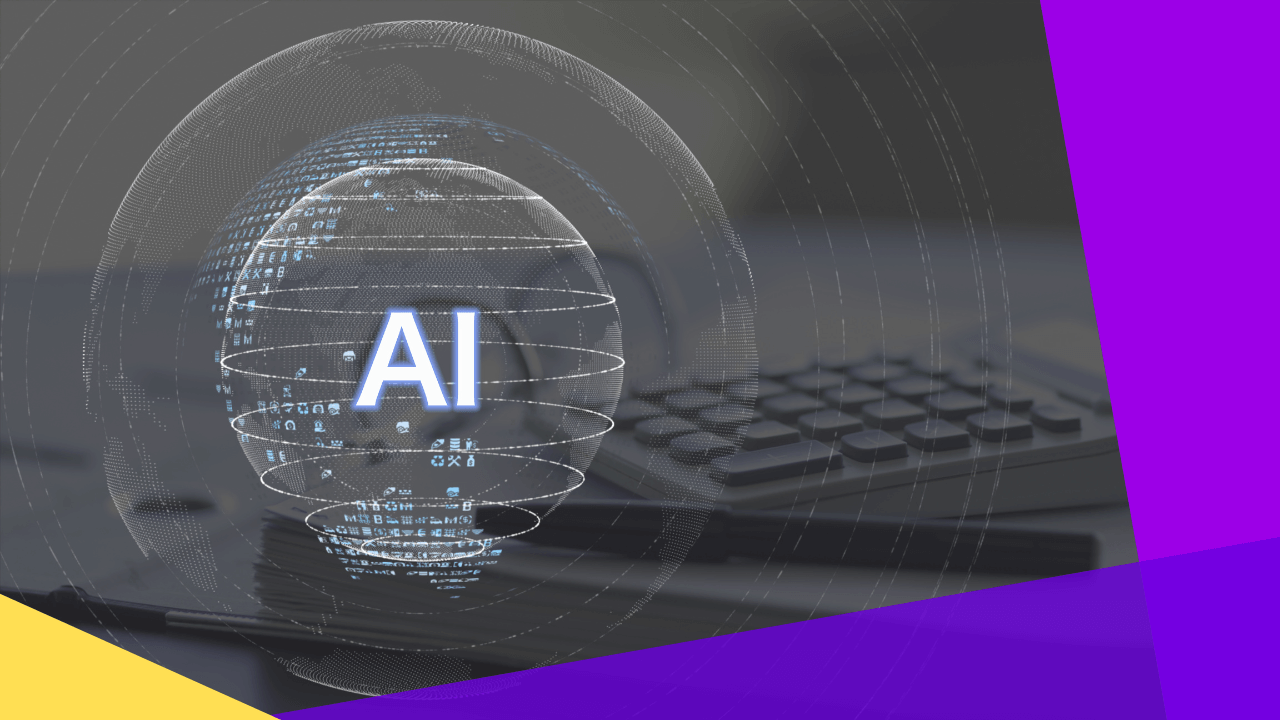
Artificial Intelligence has become one of the most discussed technologies in the modern workplace. Every day brings a new headline, a new tool, a new promise of transformation.
But when it comes to actual AI usage in the workplace, there’s often a big difference between what employees say and what they actually do.
The 546th episode of the Outsource Accelerator Podcast was graced by Alex Schutte, SVP of Marketing at Hubstaff. According to Alex, “85% of people say they use AI– but in our time tracking data, it makes up only 4% of their actual work time.”
That gap between perceived and real-world AI usage is telling—and it points to a larger issue. Many organizations are caught up in the hype, but haven’t figured out how to integrate AI into everyday work.
To move beyond buzzwords, businesses must rethink how they approach AI adoption, prioritize execution over experimentation, and align strategy with real use cases.
This article will unravel why businesses are increasingly embracing AI and chart a course for strategic AI usage that truly delivers impact in the modern workplace.
Why businesses are embracing AI
The enthusiasm for AI isn’t unfounded. Companies are drawn to the potential of AI to solve persistent challenges: inefficiency, high labor costs, and data overload. AI offers the promise of not just doing things faster, but doing them smarter.
Business leaders see AI usage as a path to:
1. Competitive edge and market leadership – Companies strategically harnessing AI gain a significant lead, outperforming rivals with superior efficiency, faster decisions, and personalized CX.
2. Efficiency and productivity gains – AI’s immediate allure lies in automating repetitive tasks, freeing human capital for strategic work, and fulfilling the promise of “doing more with less.”
3. Enhanced decision-making and insights – AI processes vast datasets at incredible speeds, offering unprecedented opportunities for deeper insights.
As Alex Schutte puts it, “The future belongs to firms that can innovate on outcomes. Whether that’s handling compliance, automation, customer experience or even integrating AI.”
Common AI applications in the workplace
While the number of available AI tools is growing, many businesses are still figuring out which ones are worth integrating. Here are five common applications where AI usage is showing real traction:
1. Content generation & SEO – Marketing and SEO teams are leading AI tool adoption, particularly with platforms like ChatGPT and Gemini. “We found that SEO, marketing, and executive support roles spend the most time using AI,” says Schutte.
2. Customer support – AI chatbots are improving response times and availability for support teams while deflecting routine tickets.
3. HR & recruitment – Tools like HireVue and Pymetrics are helping companies analyze candidate data, screen resumes, and assess fit faster.
4. Predictive analytics – Sales and finance teams are using AI to forecast revenue, optimize pipelines, and detect anomalies.
5. Productivity insights – AI is increasingly integrated into time tracking and workforce management platforms like Hubstaff, surfacing patterns and flagging inefficiencies.
Despite these use cases, overall time spent actively using AI remains surprisingly low. There’s interest, but not yet full integration.
5 challenges to AI usage in the workplace
If AI is so promising, why aren’t more companies successfully using it?
The truth is, AI adoption is riddled with practical and cultural challenges. Many organizations haven’t yet built the infrastructure, policies, or culture to support sustainable AI usage.
Here are some of the biggest roadblocks:
1. The adoption-integration disconnect
While surveys show high reported AI adoption (e.g., 85% of professionals say they use AI), actual time spent with AI tools remains low (e.g., only 4% of work time).
Alex Schutte highlighted this stark reality: “adoption is high, but that integration is low”. This gap often stems from a lack of understanding of how to operationalize AI beyond basic prompting.
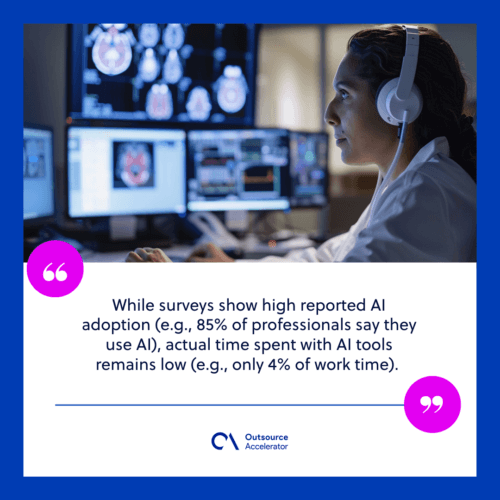
2. Lack of AI fluency and effective training
Many employees are “just kind of poking around” with AI tools. They often don’t know how to use advanced features like switching models, using templates, or training custom AI agents.
This fundamental gap in practical knowledge prevents individuals and teams from leveraging AI effectively in their daily workflows.
3. Organizational fears and governance gaps
A pervasive challenge is the fear surrounding AI. This includes concerns about data privacy, security, and the potential for AI to displace jobs.
Such fears, combined with a lack of clear AI policies and governance frameworks within organizations, lead to hesitancy and reluctance to fully embrace new tools. “You’ve gotta lock that down there,” Alex stressed regarding data security.
4. Enterprise inertia and tool access
Larger organizations often struggle with faster AI adoption compared to smaller, more nimble teams. Bureaucracy, “red tape,” and the complexities of integrating new tools with existing legacy systems can create significant delays.
Sometimes, employees simply lack access to approved AI tools on their work devices, hindering experimentation.
5. Measuring ROI and demonstrating value
Quantifying the tangible benefits of AI investments can be difficult. Businesses need to move beyond simply implementing AI to clearly defining its measurable impact on productivity, cost savings, and strategic outcomes.
Without clear metrics, proving AI’s value remains a persistent challenge.
5 strategies for successful AI usage and adoption
To move from hype to execution, companies need to rethink their approach to AI usage—starting with culture, not just technology.
Here are five strategies to make that shift:
1. Start small with clear use cases
The journey to impactful AI adoption doesn’t require a massive overhaul from day one. Instead, identify specific, high-impact, and low-risk workflows that AI can genuinely improve.
Focus on automating administrative time or repetitive tasks or cutting down the time it takes to generate new content.
Pilot these projects to demonstrate early wins. This builds internal buy-in and showcases tangible benefits before a wider rollout.
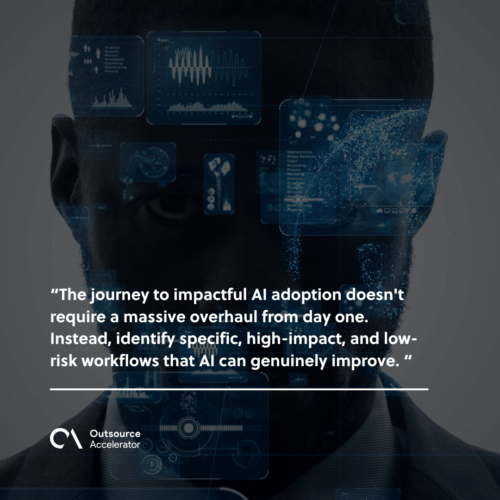
2. Enable bottom-up experimentation
AI adoption thrives when it’s not solely a top-down mandate.
“I don’t think it can be top down,” Alex Schutte states. Leaders should avoid simply “shoot[ing] off an email or a message to their staff, what are we doing?”
Instead, push the initiative down to department heads. Encourage teams to identify a few tasks or projects where AI tools can be leveraged. This empowers employees to find relevant applications themselves.
3. Provide enterprise-level tools and guardrails
Organizations need to support experimentation with the right resources and boundaries. “You gotta get some formal AI adoption policies in place,” Alex advises.
Provide actual corporate accounts for tools like ChatGPT or Microsoft Copilot. Crucially, lock the info down to prevent proprietary data from being used to train public AI models. These guardrails ensure secure and compliant AI usage.
4. Celebrate wins and share use cases
One of the most effective ways to drive AI usage is by spotlighting success stories. When teams see how AI saves time or improves output, they’re more likely to adopt it themselves.
Start by identifying early adopters—those curious, self-driven employees experimenting with tools like ChatGPT or AI-driven analytics. Give them a platform to showcase their results.
Alex Schutte notes, “How do you give them a stage and a platform to share some of their learnings?” This internal recognition not only rewards innovation, but also builds momentum.
5. Blend AI metrics with human evaluation
Data is powerful—but context matters. AI usage tools can show activity rates, focus time, and tool engagement. But these numbers don’t tell the full story. Pair them with qualitative assessments: What did the person actually accomplish?
Alex Schutte emphasizes this balance. “It’s just one data point… not the end-all, be-all. At the end of the day, it’s best to have a human conversation.”
Future outlook for AI usage in the workplace
We’ve moved beyond “Will AI change the way we work?” to “How do we make AI part of how we work every day?” Companies that succeed in AI adoption will treat it not as a silver bullet, but as a supportive layer in their operating system.
As AI becomes more embedded in software platforms, expect the lines between AI tools and business tools to blur. We will likely see a continued shift towards AI augmenting human capabilities, handling the “drudgery” and allowing humans to focus on higher-value, strategic, and empathetic tasks.
Ultimately, the success of AI usage in the workplace will depend on one thing: execution. Not just flashy pilots, but real, meaningful integration.
The companies that get this right won’t just talk about AI—they’ll quietly outperform the rest.
For more insights, you can download Hubstaff’s latest report, the “AI Productivity Shift,” for free.
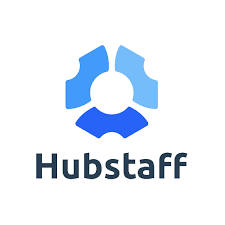
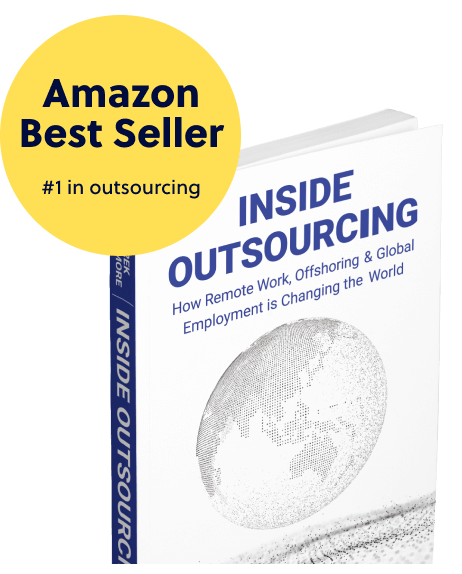



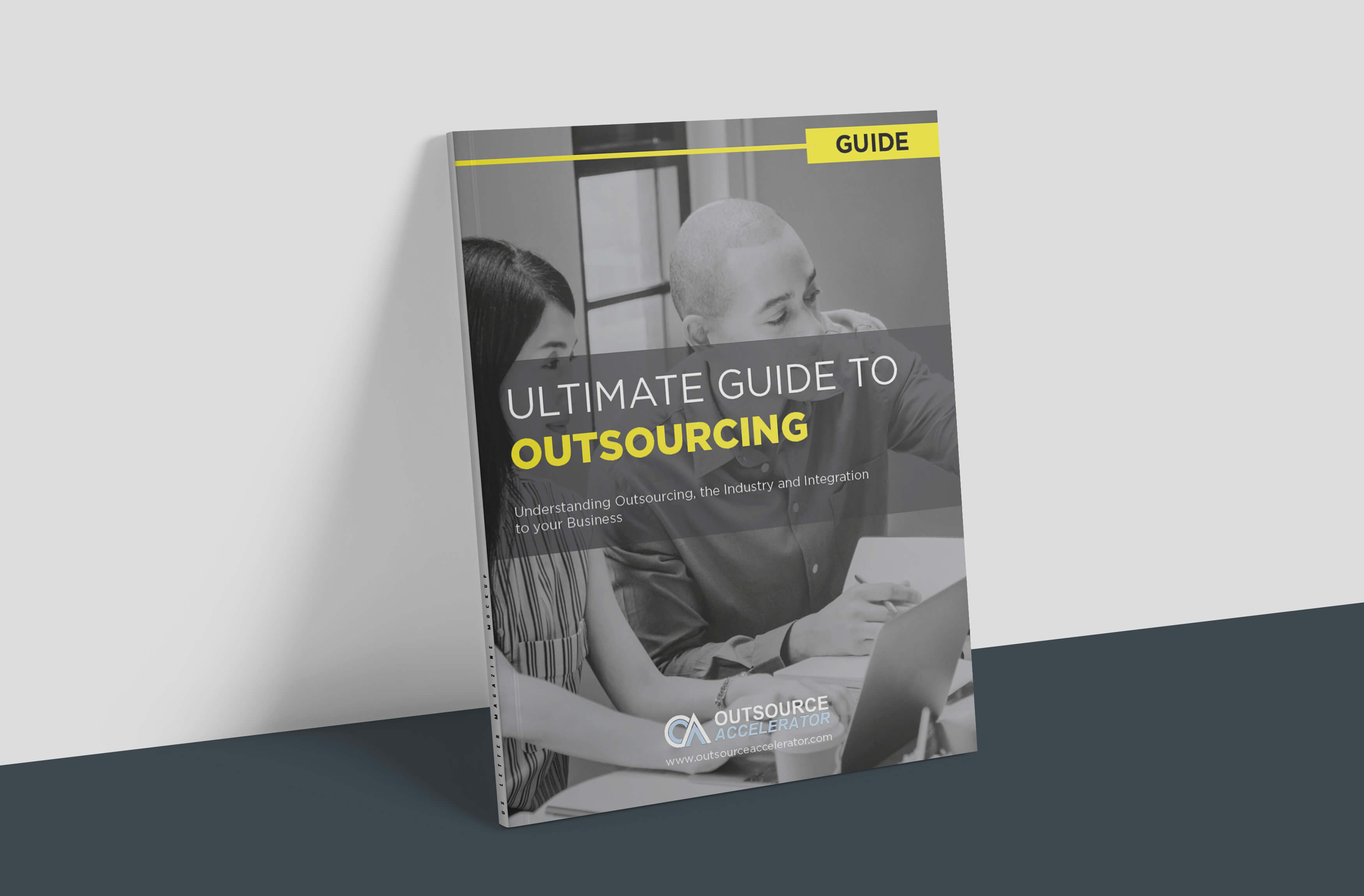

 Independent
Independent




